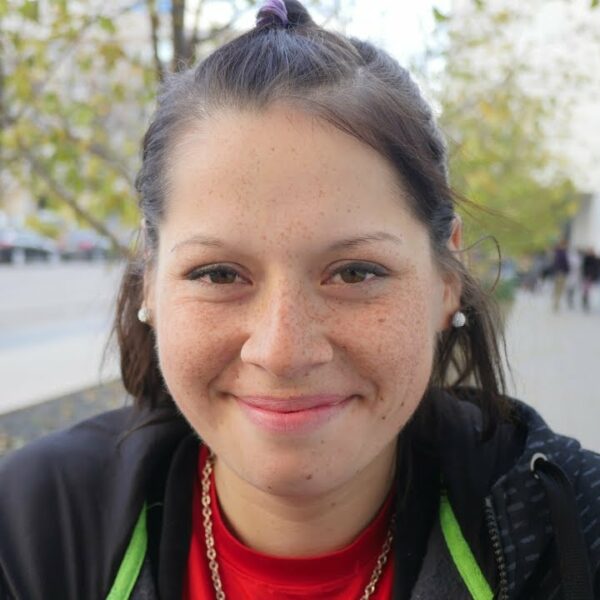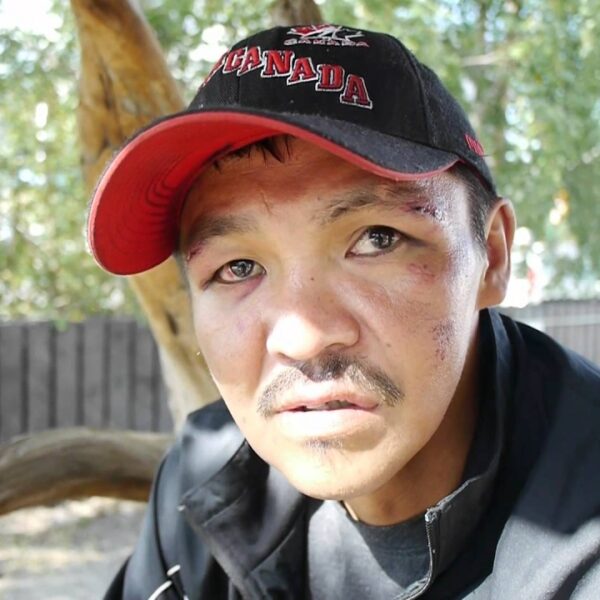Statistics Canada reports more than 235,000 Canadians will experience homelessness in a single year. Between 25,000 and 35,000 will do so on a single night.
It is clear to all Canadians that homelessness exists. It is visible and open, a painful sight to behold. But how do we know exactly how many people are living through it?
Unsurprisingly, the answer is… we don’t.
Point In Time Counts: A Homeless Snapshot in the Dark
Modern Canada is a virtual information epicenter in many respects. Sophisticated data-tracking methodologies abound. Thanks to social media marketing, your smartphone can somewhat accurately predict your purchasing patterns and target ads that align with your personal interests and taste.
Observing, surveilling, and monitoring are as quick as the flick of a screen. We can swipe to pay, slide to charge, scan to inquire and click a link to find out more.
Given the mind-boggling rate by which technology is collecting and distributing data, one might imagine that we are making use of a highly advanced program to calculate and quantify homelessness. That assumption, however, would be wrong.
Compared to other types of data collection, how we quantify homelessness is embarrassingly antiquated, like writing your latest novel on a Hermes 3000 typewriter or inviting friends to a party by sending a telegraph with morse code.
The Point In Time Count (abbreviation PIT Count) is just that. Outreach teams are taken to different locations, and, put simply, they count the number of homeless people they see at that point in time.
PIT Counts have been heavily criticized for all of the following reasons:
- They rely on homelessness being visible to onlookers. This means that hidden homelessness is seldom counted.
- The person being counted has to be seen homeless in the same place for an extended period. Due to the transient nature of homelessness, this is nearly impossible.
- They must describe themselves as homeless. In Canada, even if a person matches the aforementioned criteria, they must also self-identify as homeless to be counted. This identification can have serious repercussions, particularly in family homelessness, where children might be separated from their parents. Or, in situations where pets are involved, the individual fears being separated from their pet.
Many housing advocates know that the PIT count for homelessness is wildly inaccurate and regarded as an undercount by all standards. But what if we found and used a better method rather than just accepting this?
This is precisely what is being proposed in New York City. Now, British Columbia joins the list for innovative homeless data collection.
New Method Making Use of Anonymized Data Produces What CBC News Calls the ‘Most Accurate to Date’
CBC News reports that British Columbia has used anonymized data to paint a broader, more accurate picture of local homelessness than any PIT count ever could. In brief, the system asserts the definition of homelessness to anyone fitting the following criteria:
- Lacking a stable address for three months or more
- Receiving income assistance via the B.C. Employment and Assistance Program
With this two-tier criterion in mind, researchers combed through databases related to disability, financial assistance, and shelter residency. They produced a number that was not only more accurate but also, as suspected, drastically higher than previous PIT counts had been.
The New Method Identified Approximately 23,000 People Experiencing Homelessness Across 25 Selected Communities
The new method quantified data in 25 select communities throughout 2019 and identified an astonishing 23,000 homeless people in those regions. To put things into perspective, those same 25 communities appeared in a PIT count in 2021, where volunteers and researchers identified just 8,665 unhoused individuals.
This reflects a massive discrepancy in the two figures and a possible path toward improving the data.
While the latest method is gaining traction, it’s important to point out that it still has limitations, particularly in identifying hidden homelessness where family members are doubled up or intentionally hiding from authority figures out of fear of criminalization or persecution.
Talk to Your Representatives About Facing Facts and Figures
Homelessness has reached crisis levels across Canada and has stayed there for years. It is difficult, borderline impossible, to solve a crisis if you are unaware of its size. Statistical information is necessary for uncovering trends, encountering causes, and countering false or harmful narratives. How can we challenge false information if we are armed with no information at all?













